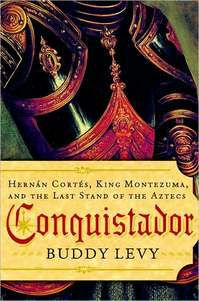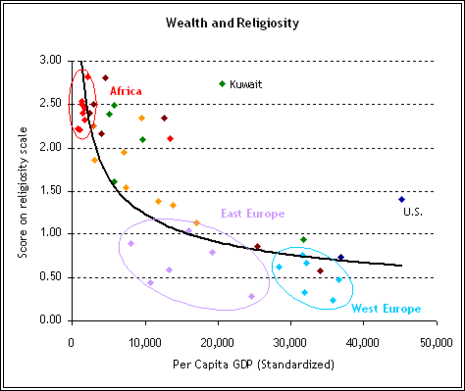(p. 26) Even the wisest of them were at a hopeless disadvantage, for their only guide in sorting it all out—the only guide anyone ever has—was the past, and precedents are worse than useless when facing something entirely new. They suffered another handicap. As medieval men, crippled by ten centuries of immobility, they viewed the world through distorted prisms peculiar to their age.
In all that time nothing of real consequence had either improved or declined. Except for the introduction of waterwheels in the 800s and windmills in the late 1100s, there had been no inventions of significance. No startling new ideas had appeared, no new terri-(p. 27)tories outside Europe had been explored. Everything was as it had been for as long as the oldest European could remember. The center of the Ptolemaic universe was the known world—Europe, with the Holy Land and North Africa on its fringes. The sun moved round it every day. Heaven was above the immovable earth, somewhere in the overarching sky; hell seethed far beneath their feet. Kings ruled at the pleasure of the Almighty; all others did what they were told to do. Jesus, the son of God, had been crucified and resurrected, and his reappearance was imminent, or at any rate inevitable. Every human being adored him (the Jews and the Muslims being invisible). The Church was indivisible, the afterlife a certainty; all knowledge was already known. And nothing would ever change.
The mighty storm was swiftly approaching, but Europeans were not only unaware of it; they were convinced that such a phenomenon could not exist. Shackled in ignorance, disciplined by fear, and sheathed in superstition, they trudged into the sixteenth century in the clumsy, hunched, pigeon-toed gait of rickets victims, their vacant faces, pocked by smallpox, turned blindly toward the future they thought they knew—gullible, pitiful innocents who were about to be swept up in the most powerful, incomprehensible, irresistible vortex since Alaric had led his Visigoths and Huns across the Alps, fallen on Rome, and extinguished the lamps of learning a thousand years before.
Source:
Manchester, William. A World Lit Only by Fire: The Medieval Mind and the Renaissance, Portrait of an Age. New York: Little, Brown & Co., 1993.
(Note: italics in original.)








 Dubai skyline. Source of photo: online version of the WSJ commentary quoted and cited below.
Dubai skyline. Source of photo: online version of the WSJ commentary quoted and cited below.



 Source for the image of the Moment issue cover, on left:
Source for the image of the Moment issue cover, on left: